Sentiment Analysis

How to Use Aspect-Based Sentiment Analysis to Pinpoint and Prioritize Customer Issues Paid Members Public
Pinpoint what drives customer sentiment with ABSA. A 5-step guide to faster insights, explainability, and action.
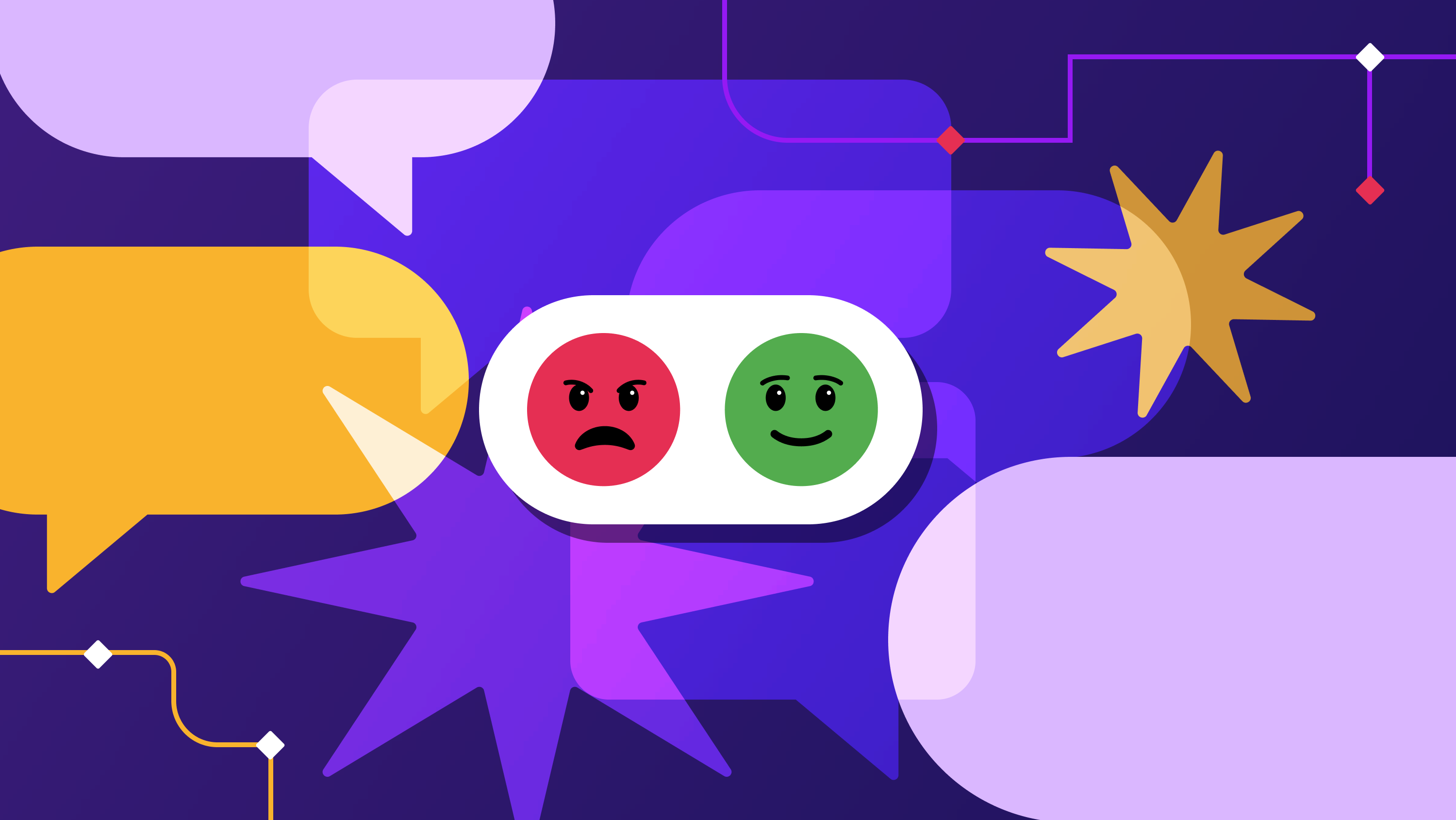
6 Ways to Use Sentiment Analysis to Improve Customer Experience Paid Members Public
Discover six data-backed tactics to turn customer sentiment into churn reduction, higher NPS, and real-time service wins within weeks.
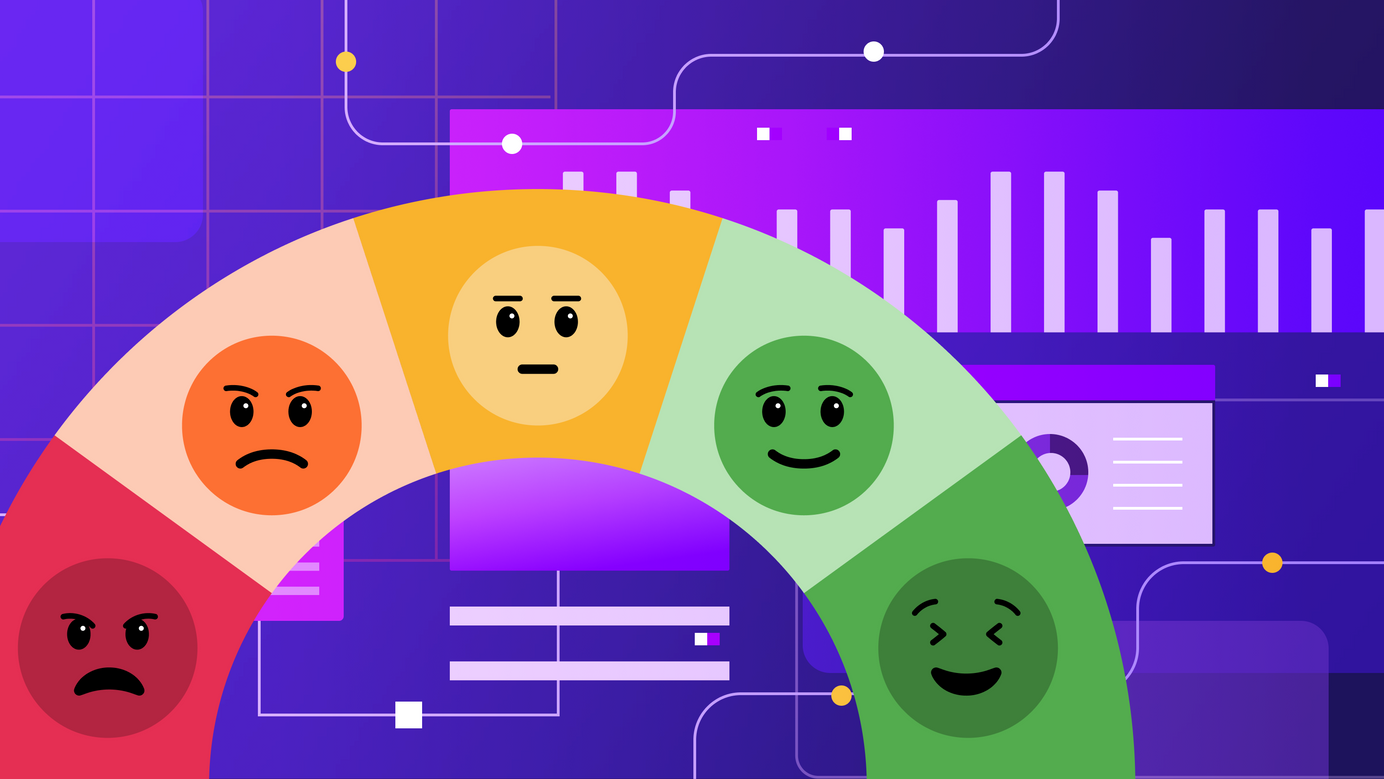
Evaluate and Improve Sentiment Analysis Datasets: A 5-Step Guide for Insights Teams Paid Members Public
Use this 5-step checklist to evaluate and improve sentiment datasets for accurate, ethical, and bias-aware insights.
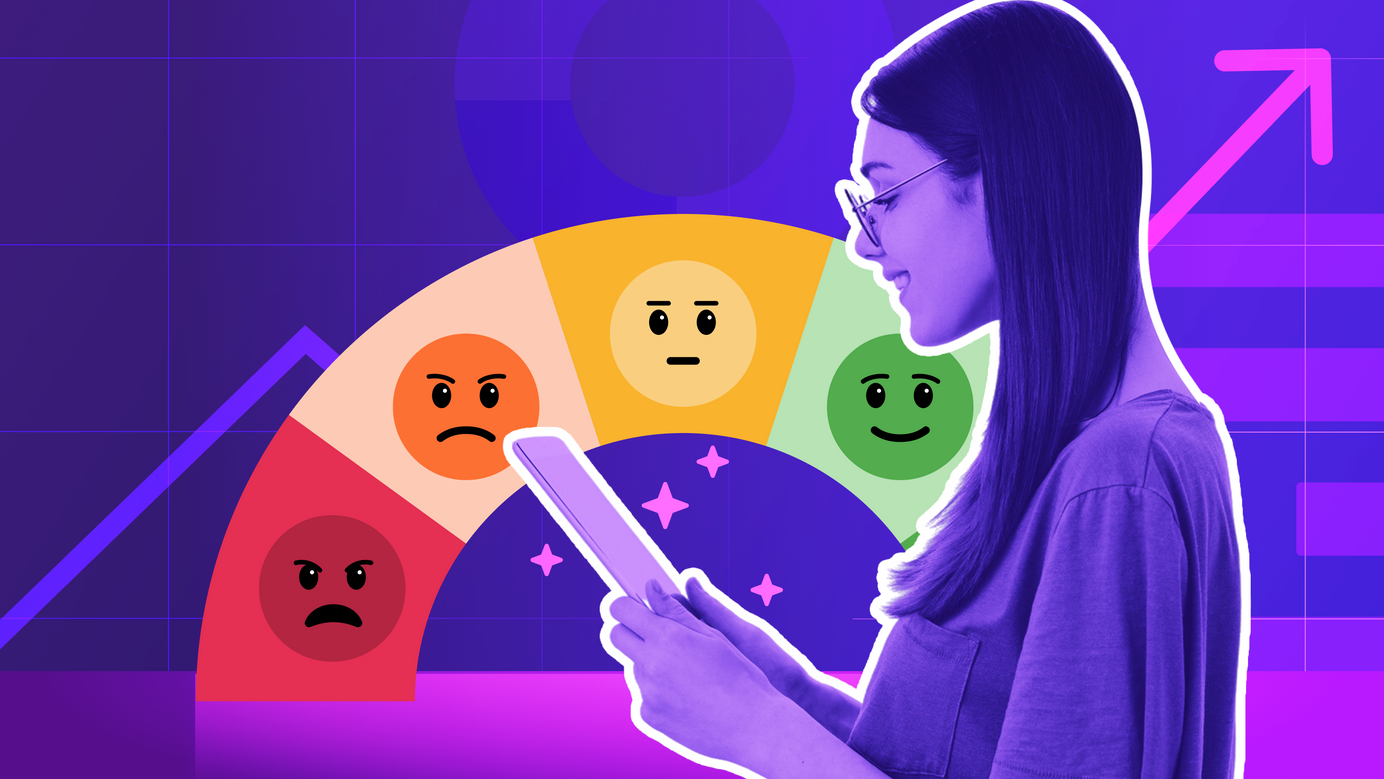
What Is a Sentiment Score? Scales, Formulas, and How to Use It Paid Members Public
Learn what a sentiment score is, how it’s calculated, and how CX teams use it as a reliable KPI for decision-making and alerts.

How To Turn Product-Review Sentiment into a CX Roadmap Paid Members Public
Learn how to use produce review data for sentiment analysis to find CX issues, rank features, and fix what matters—across SaaS, apps, and products.
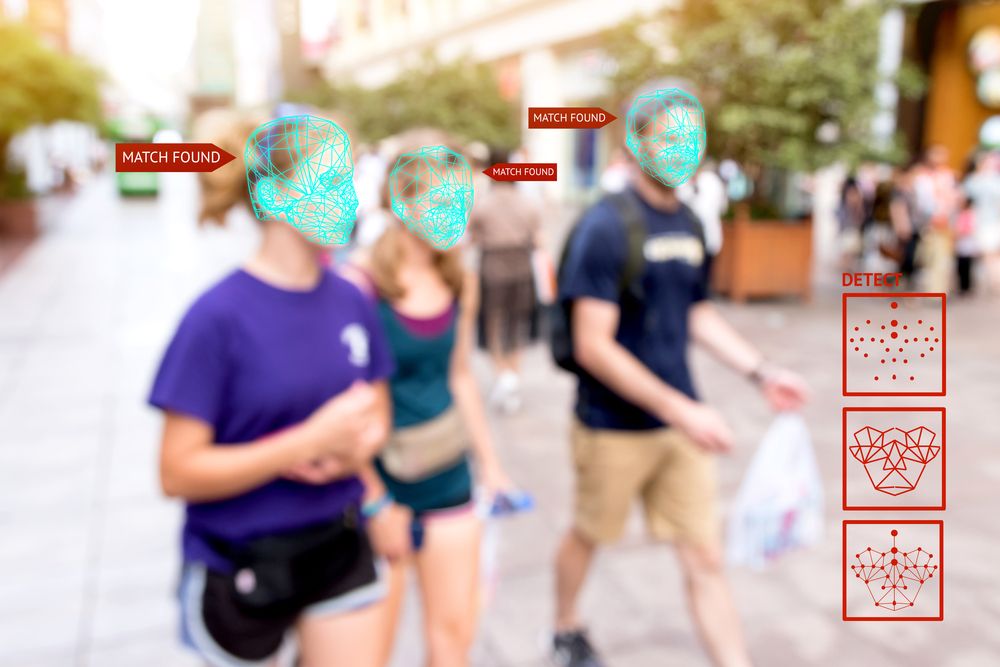
What is Deep Learning? A brief history, and what it means for the future Paid Members Public
At Thematic, we have a dedicated research team that is always innovating to bring you the most accurate sentiment and thematic analysis. Solving this difficult task requires in-depth understanding of both the problem of customer feedback analysis and the relevant advances in technology. This article is a glimpse into one
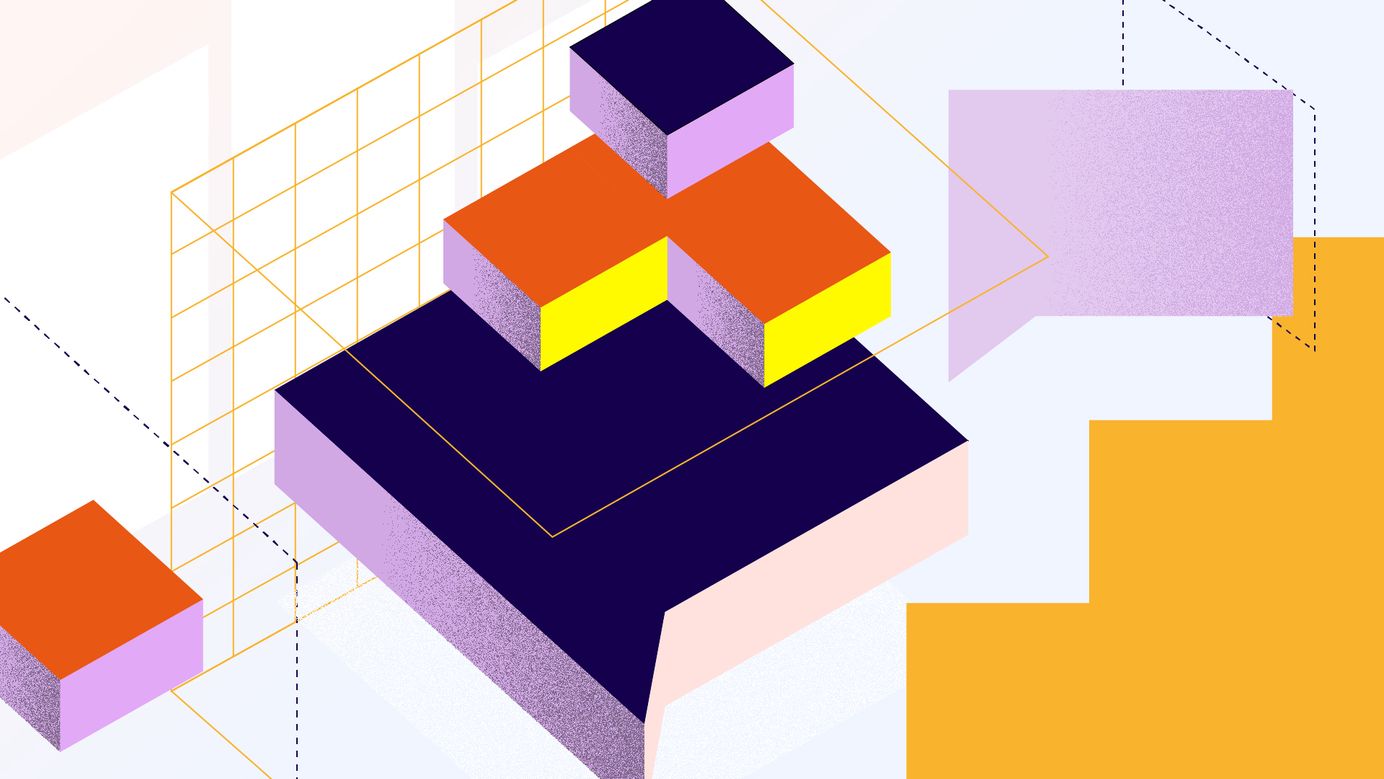
Qualitative Data Analysis: Step-by-Step Guide (Manual vs. Automatic) Paid Members Public
See Thematic in Action Experience the power of AI Try Thematic Best Practices For Analyzing Open-Ended Questions Authored by Alyona Medelyan (PhD in Natural Language Processing & Machine Learning), this is a complete guide on the analysis of qualitative data. Learn the key approaches to analysis, how to set up a

Customer Sentiment: How To Analyze & Improve Paid Members Public
Explore how customer sentiment analysis works and the steps and strategies you need to follow to get started.
